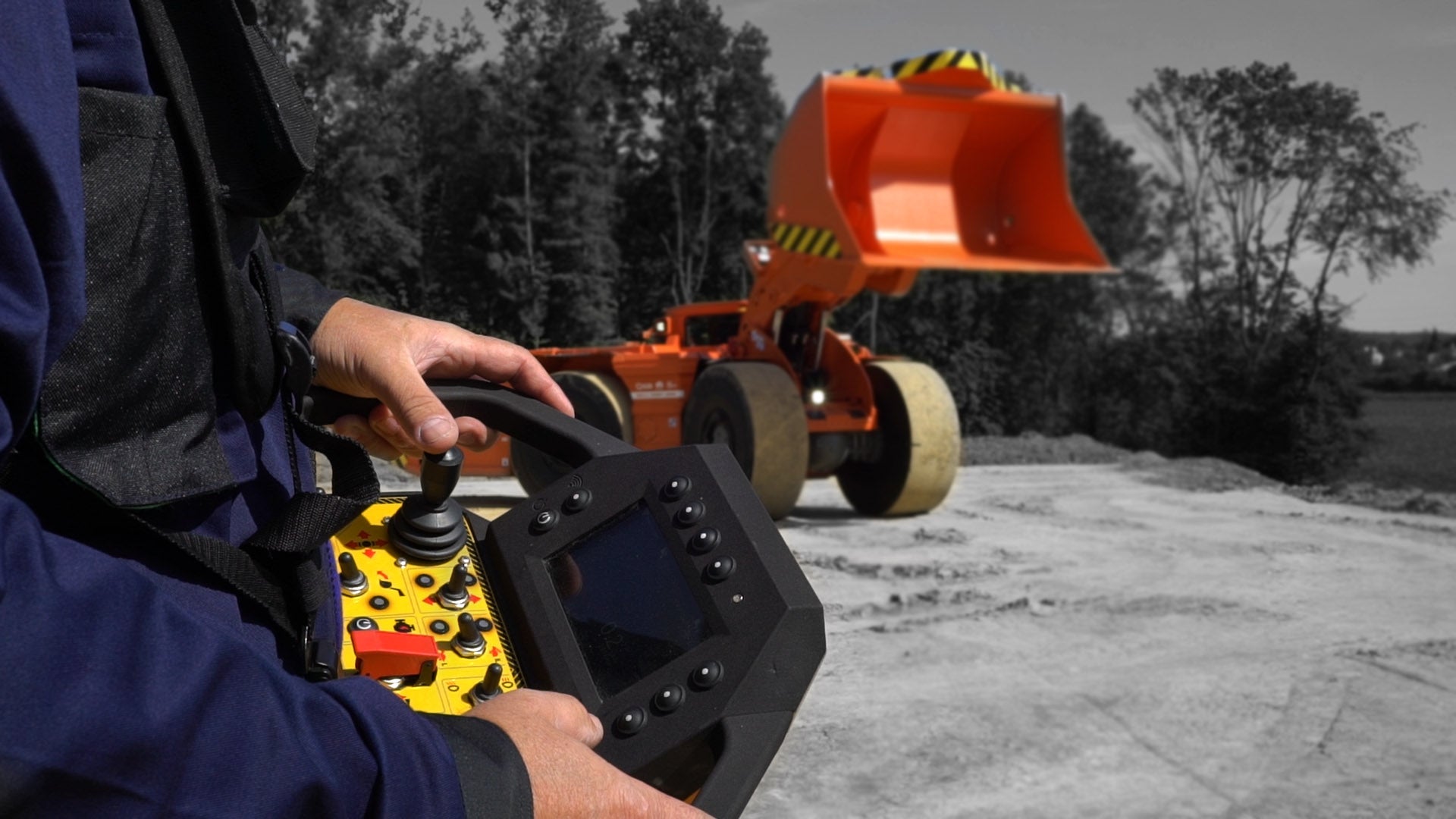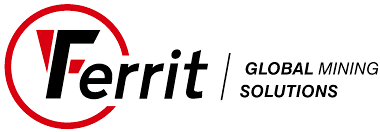
There are two headline factors that are driving the future of the mining industry, namely digitalisation and sustainability. Planning and designing a fully digitally connected mine, that also has a zero-carbon footprint, is the nirvana most mining companies across the world are hoping to achieve.
Some companies are further along in their drive to achieve these goals than others, but the leaders in these fields are demonstrating the benefits of the new paradigm of much lower costs, higher production rates, and adherence to ESG (Environmental, Social and Governance) criteria.
Sustainability
The rise in social and environmental imperatives is leading to mine operators applying sustainable, safer, cleaner and even more efficient processes. A mine’s carbon footprint is huge, comprising many functions that are energy-intensive. CO2 emissions are high due to the reliance on diesel as the main energy source for machinery – from trucks, diggers and generators, to transporting products and waste from the mine.
Electromobility is quickly replacing this reliance on diesel fuel, with mining equipment increasingly powered by batteries rather than by diesel. Virtually every manufacturer of mining machinery and equipment is designing electrically powered models and bringing them to market at speed.
By adhering to the ‘Invisible Zero-Waste Mining’ concept, the mining industry has attempted to minimise the waste that ends up on the mine’s surface and surrounding areas by using as much of their waste as possible for backfill operations. However, despite the most efficient backfilling plans, mines always generate more waste than can be ‘recycled’ in this way, and the excess is always deposited on the surface, or needs to be disposed of in some way.
In-situ methods like leaching or recovery seek not to generate any waste, however a small amount is still produced. Further research is being carried out on the technological advances required, particularly in relation to permeability enhancement and the management of the hydrogeology of mines, to bring them even closer to being zero-waste producers.
Another string to the sustainability bow is the drive towards the ‘Continuous Mining’ concept. There is a serious effort being made globally to design and build future mining operations that can run all year-round. Traditionally, mining operations suffer from operational inefficiency, low utilisation of equipment, and high labour costs. Non-stop material extraction, and the systems that improve productivity and reduce operating costs, are being tested at many mines around the world.
Digitalisation
Digital technology is ubiquitous. With its associated reduction in operational costs and increases in efficiencies and speed, no industry can afford to ignore it. Miners certainly haven’t.
From microsensors, recording digger operating pressures at the mine face, to the gigantic loads carried by high-tonnage payload dump trucks, a mine’s operational and senior managers all rely on digital hardware and software to monitor, report, and record on their mine’s performance in real-time.
Miners are now building physical and virtual networks of IoT (Internet of Things) systems to create always-on communication links between IT/OT (Information Technology/Operational Technology), which has had a large positive effect on a mine’s profitability and ESG concerns. Increases in a mine’s operational efficiency, reduction of its carbon footprint, and cutting costs across its processes are just a few of the benefits of using these systems.
Spatial and geospatial data are now being used to experiment and create virtual mining experiences. 3D modeling of a mine can give rise to a better knowledge of its environment; you could be in New York, London or Buenos Aires, and ‘see’ what the inside of the mine looks like. Add in VR (Virtual Reality), and you can ‘walk’ around the mine. Top it off with AR (Augmented Reality) and you can be part of a training exercise on many of the mine’s systems, from your desk.
Digital Twinning is another very simple concept, but a very large and complex undertaking. Essentially, you build a virtual replica of every aspect of your mine’s operations. Everything. All assets, all management and production processes, supply-chain information, every bit of data collected from the (probably) millions of sensors installed in every piece of equipment connected to the system. And anything else that turns up while you’re developing the ‘Twinning’.
You then apply intelligent rules and filters to all the data you collect across the whole operation. A suitably configured AI software then monitors and analyses every iota of information it ingests, reacting to any changes that it discovers that display an operational anomaly contrary to its programming.
This allows for predictive, rather than reactive, actions in relation to personnel, equipment and all the other systems critical to a mine’s operation.
Previously, maintenance was performed based on time elapsed. Services were carried out after a set period, regardless of whether servicing was needed. This new method allows sensors to report on the real-time condition of all equipment, leading to an increase in the use a mine can get from all its assets.
The aim is an implementation of this cyber-physical system that allows a miner to better plan to align with company strategy and targets, like increases in productivity and shorter decision-making processes, or a reduction in waste and improvement in equipment utilization. All in all, a desire for reduced costs, an increase in efficiency, and a drive to a zero-waste carbon-neutral future.


